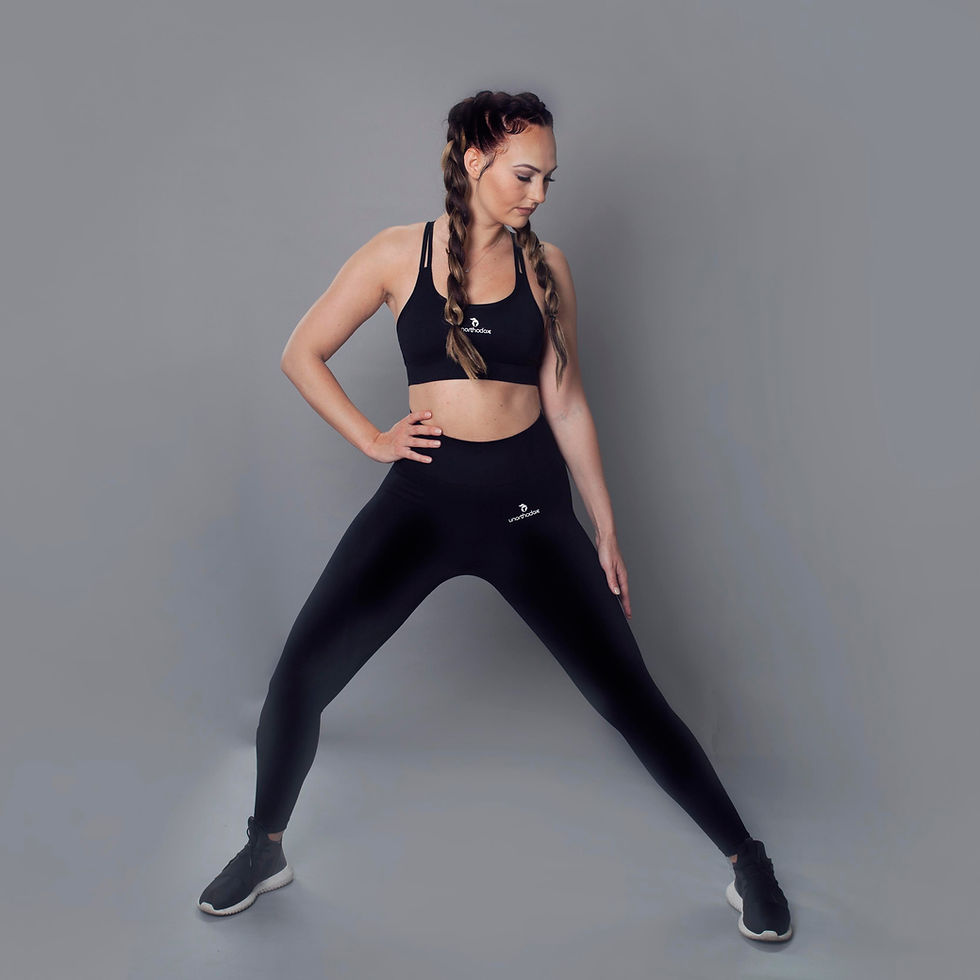Why Cupping Isn’t Helping Women Boxers: Real Talk from Unorthodoxx
- UX Squad
- Jun 26
- 3 min read
Updated: Jul 11

At Unorthodoxx, we’re committed to empowering women in boxing—with gear that fits, advice that matters, and a no-nonsense approach to performance and recovery.
You’ve probably seen the circular bruises of cupping therapy across the backs and shoulders of athletes. It’s a striking look—but is it actually helping?
When it comes to boxing recovery, especially for women, our take is simple:
Cupping isn’t doing what you think it is. Let’s break down why—and what actually works.
1. What is Cupping, Anyway?
Cupping is a traditional therapy where suction cups are applied to the skin to supposedly increase blood flow, reduce soreness, and promote healing. It’s often marketed as a recovery aid for athletes—but there’s a major gap between how it feels and what it actually does.
In women’s boxing, recovery isn’t just about feeling relaxed—it’s about staying strong, preventing injury, and bouncing back efficiently after every session. So, is cupping pulling its weight?
2. The Placebo Problem
We get it—cupping feels good. Many boxers report feeling "looser" afterward. But research shows there’s no solid scientific evidence that cupping boosts recovery, improves performance, or reduces muscle fatigue after training.
For female boxers especially—who are already working harder to find gear and guidance that fits—the risk is falling for a placebo effect that masks the deeper work your body really needs.
⚠️ Feeling relaxed isn’t the same as real recovery.
3. Cupping Can Mask Deeper Issues
One of the biggest concerns? Cupping can hide the real problem.
Instead of addressing the underlying cause—like tight shoulders, weak wrists, or poor mobility—cupping can create the illusion that everything’s fine. But those small issues stack up, fast.
That’s why we at Unorthodoxx design our gloves and protective gear to support proper wrist alignment, joint health, and body mechanics—because long-term performance means addressing the root, not covering up the symptoms.
4. What Actually Works for Recovery in Boxing
Skip the gimmicks. Here’s what we know works:
✅ Strength & Mobility Work
Tailored strength training—focused on wrists, shoulders, and core—builds power, control, and resilience in the ring. It’s not flashy, but it’s effective.
✅ Proper Sleep & Nutrition
Good food and good rest are non-negotiables. Protein-rich meals, hydration, and consistent sleep schedules do more for your recovery than any suction cup ever could.
✅ Physiotherapy & Sports Massage
Hands-on therapy works. Sports massage and physiotherapy address imbalances, tightness, and posture—especially important for the high-impact demands of boxing.
✅ Cross-Training & Mental Resilience
Yoga, mobility flows, cardio, and mental conditioning help female fighters recover faster and come back sharper. Recovery is full-body and full-mind.
5. How Unorthodoxx Helps You Recover Smarter
At Unorthodoxx, we design women’s boxing gear that does more than just fit—it supports your performance, protects your body, and helps prevent injury. Here's how:
Women’s Boxing Gloves: Engineered to align with female wrist and hand structure to reduce strain and injury risk.
Protective Equipment & Apparel: Gear tested by real women boxers for comfort, performance, and protection.
No Gimmicks—Just Results: We don’t follow trends. We build tools that actually support your training.
6. Boxers Deserve Better Than Cupping
Here’s the truth: your time is too valuable for trendy fixes that don’t deliver.
Instead, invest in:
Smart, boxing-specific strength and mobility work
Real recovery: sleep, fuel, and physical therapy
Full-body fitness and mindset training
Gear that’s made for you—not just sized down for you
Final Thoughts
Cupping may be popular—but it’s not the path to progress.
At Unorthodoxx, we’re here to help you stay focused on what matters: the training, the recovery, the real work. Whether it’s our gloves, gear, or guidance, we’ve got your back—every round, every session.
Because women in boxing deserve tools that actually support them.





Comments